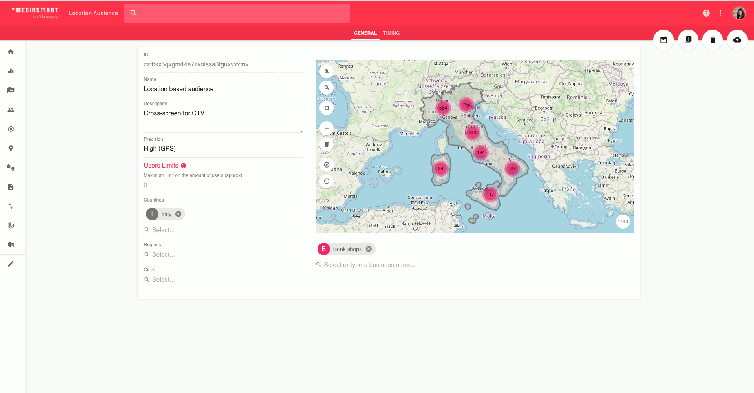Blog
Announcements, analysis and opinions on industry trends around the mobile programmatic world.

Subscribe now, and receive the latest programmatic content directly on your inbox!
Thank you for subscribing to our newsletter
How to level up your Advertising game and deepen your customer understanding thanks to mediasmart’s Location-based audiences

Translation from the original article published in French on Ratecard.
It is a common practice amongst marketers to differentiate the ‘online’ and the ‘offline’ world, although nowadays, nothing could be more common than people walking around with a smartphone in their hand. Online is intertwined with ‘real life’. The hard evidence is that, according to Newzoo’s Global Mobile Market report, 70% of the population in France has at least one smartphone and, globally, the year-on-year growth of smartphone penetration is +6.1%. At mediasmart, we are committed to reducing that perceived gap, and one of our key tools for that is mobile-based insights.
Imagine you can interactively search, select locations and automatically build audiences on top of them in France and anywhere else in the world. Forget targeting general traits; you could start targeting a pool of users that buy at your competitor’s store or work in a particular area of the city, like the financial district. That is precisely what mediasmart’s Location-based audiences (LBA) allow you to do.
It is summer 2022, and you are preparing to launch a new supermarket chain in Paris in September. From your market research, you know that the buyers with the most potential to switch to your brand are those that do groceries at Monop and Carrefour. Mediasmart’s LBA technology allows you to build audiences not only for all the stores from those particular brands but also for the ones in particular around the areas where you want to launch your particular stores, as shown below.
The system will start gathering devices as soon as the audience is set up, and you will be able to segment only those users on your advertising strategy. The offline world enriches your digital campaigns with little to no effort for you.
You will also be able to build segments specifically during particular hours of the day: opening and closing hours if they are built around stores; nighttime if it is around living areas; daytime if it’s around industry areas; or a particular set of days if you want to build audiences around particular events. As depicted below, the daytime parting will be yours to control.

On a final note, we can say that the best part of LBA is that not only the time frame but also the area control is entirely up to you. This means you will be able to access not only those expected to be your competitors’ buyers in general but those who buy in the stores that interest you the most. Rest assured, all the technology is under the GDPR umbrella, as mediasmart only gathers identifiers when we have consent from the user.
A myriad of strategies opens up for advertisers when they start to use Location-based audiences. It not only impacts people at particular places at a given moment, but it potentially allows you to target people that visited different areas; for instance, consumers that bought on your competitor’s store and didn’t already go to your stores.
The beauty of Location-based audiences is that most of us bring our smartphones with us everywhere we go, so you - as an advertiser - can benefit from gathering audiences around particular physical areas, using GPS coordinates while fully in control of the area, precision, and schedule. And, when the targeting time arrives, all the programmatic mobile targeting options are available to compliment any campaign set-up.
Topics: Geolocation, audience
%20(1).jpg)
